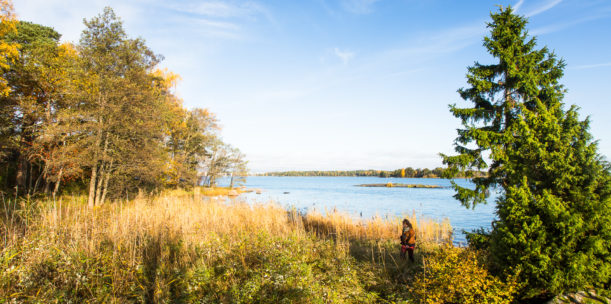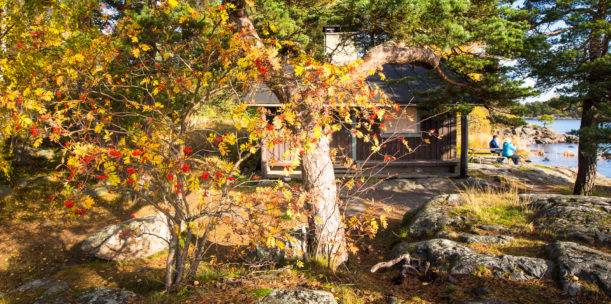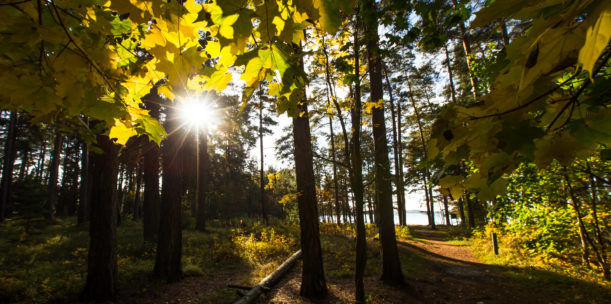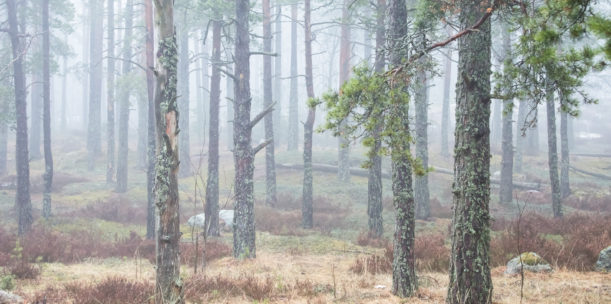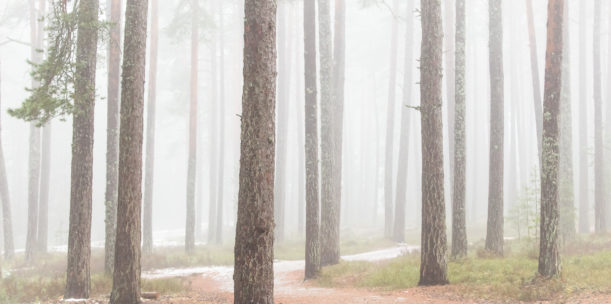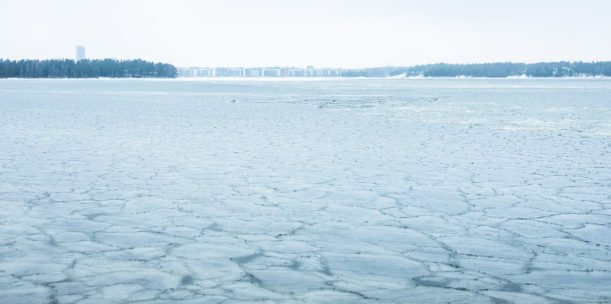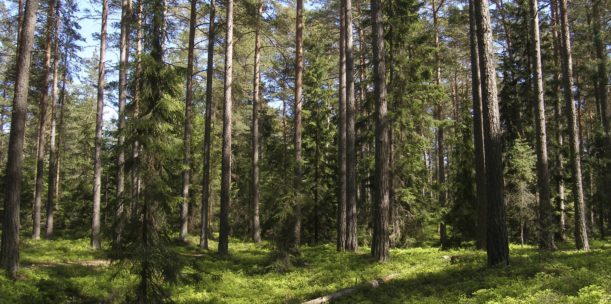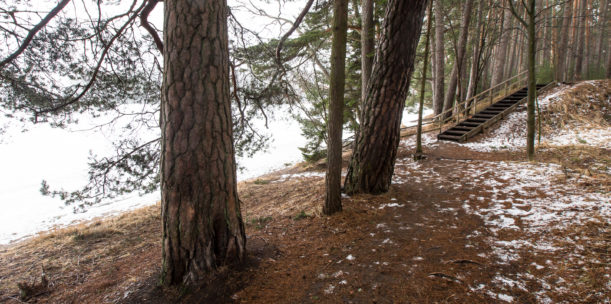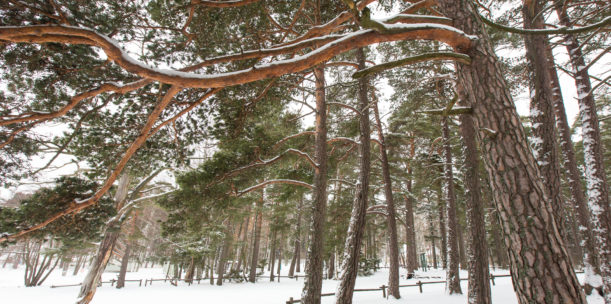There are two conservation areas in Kallahdenniemi: Kallahdenharju, i.e. Kallahti esker, and Kallahdenniemi coastal meadow. In addition to these, planning is underway for the establishment of a third conservation area, Kallahti shallows. These three areas are also part of the European Union’s Natura 2000 network.
The sandy esker’s tree layer consists of impressive, old and tall pine woods, with small broadleaved trees and conifer saplings dotted here and there. The ground is covered in bilberry, bearberry, crowberry and other dwarf shrubs. The esker is bordered on both sides by the sea.
Kallahdenniemi’s protected coastal meadow has formed gradually as a result of post-glacial rebound, connecting the former island to the mainland to form a peninsula. The ground is still rising, albeit slowly. The rise in sea level and winter ice floes keep the vegetation low and prevent the area from becoming overgrown with trees. The area’s flora is very diverse since the meadow includes a range of habitats differing in water conditions and available nutrients.
The waterline is bordered by a zone of tall-growing reeds, but the vegetation in the drier parts of the meadow is lower-growing. The meadow is coloured by bird’s-foot trefoils, purple loosestrifes and sea peas. In the border areas you can also find low-growing common alders and Scots pines as well as rugosa roses, an invasive alien species. The extensive rose bushes have been effectively eradicated by volunteer efforts.
“Visiting Kallahdenniemi all year round, you can really feel the differences between our four distinct seasons in nature. An autumn storm at the tip of the peninsula in November or the billowing sea smoke on a clear, freezing January day provide spectacular contrast to a bird watching trip in the spring or hot and unhurried summer days at the beach.”
Mikael, 30
There are also some old residential villas in Kallahdenniemi, many of which were built in the early 20th century. At the time the area was countryside far away from Helsinki, and access to the villas was via steam ships departing from Helsinki’s North Harbour.
The peninsula’s shores consist of sandy beaches. At the base of the peninsula is Iso Kallahti beach, while Kallahdenniemi beach is located near the tip. This shallow beach is popular among families with children in particular. During bird migration periods, the sandy shoals also attract birds, such as goldeneyes and tufted ducks.
In Kallahdenniemi and especially at its southernmost part, you can relax in a marine soundscape. In the vicinity of popular beaches, you can hear people enjoying their leisure time, but the further you go towards Kuningatar, the more people’s voices fade out and the marine sounds of nature prevail.
The peninsula has an extensive network of trails. Movement in the nature conservation areas is restricted to the roads and trails. In the winter, the peninsula can be circumnavigated on skis, as long as the ice is thick enough.



